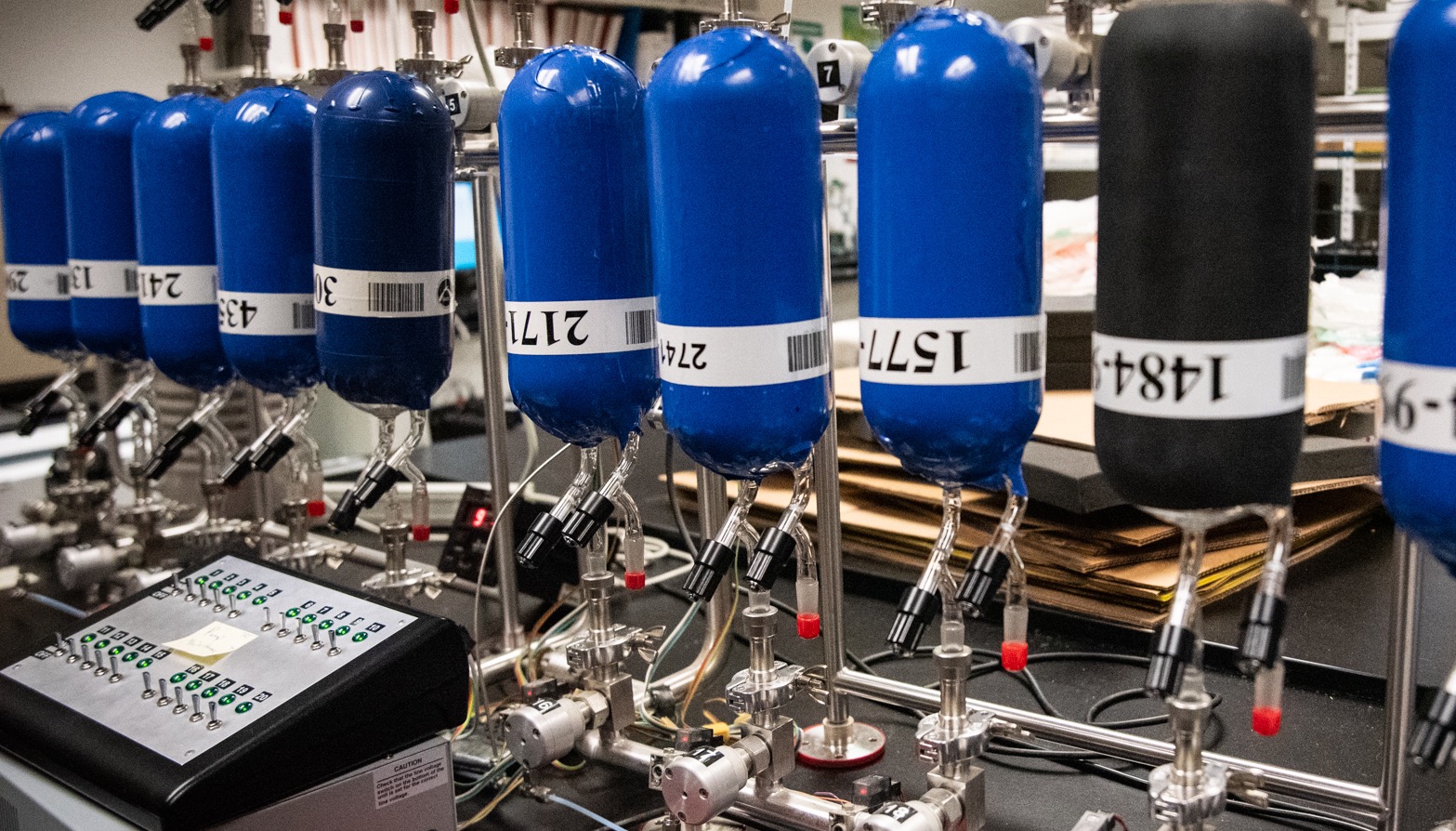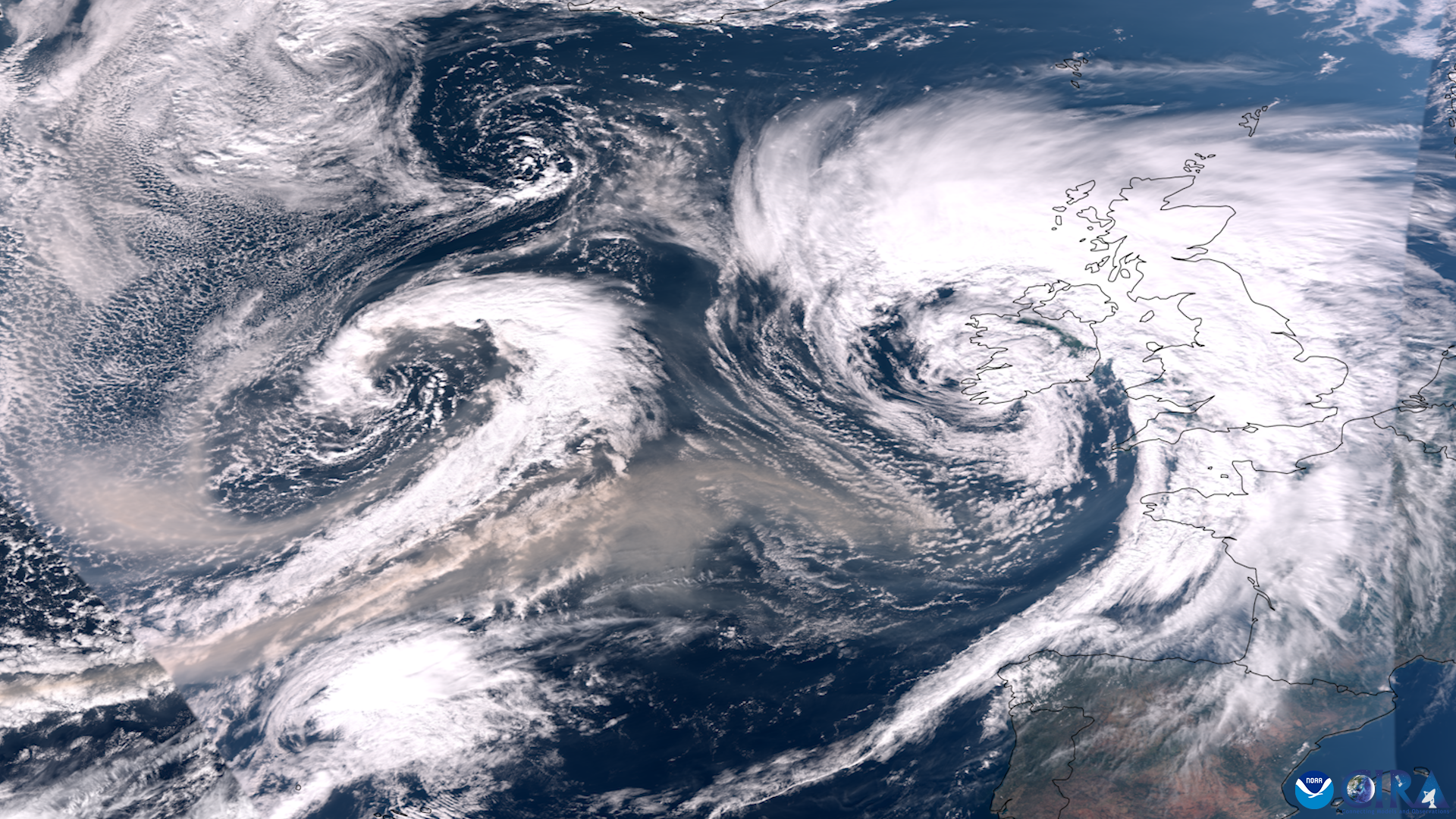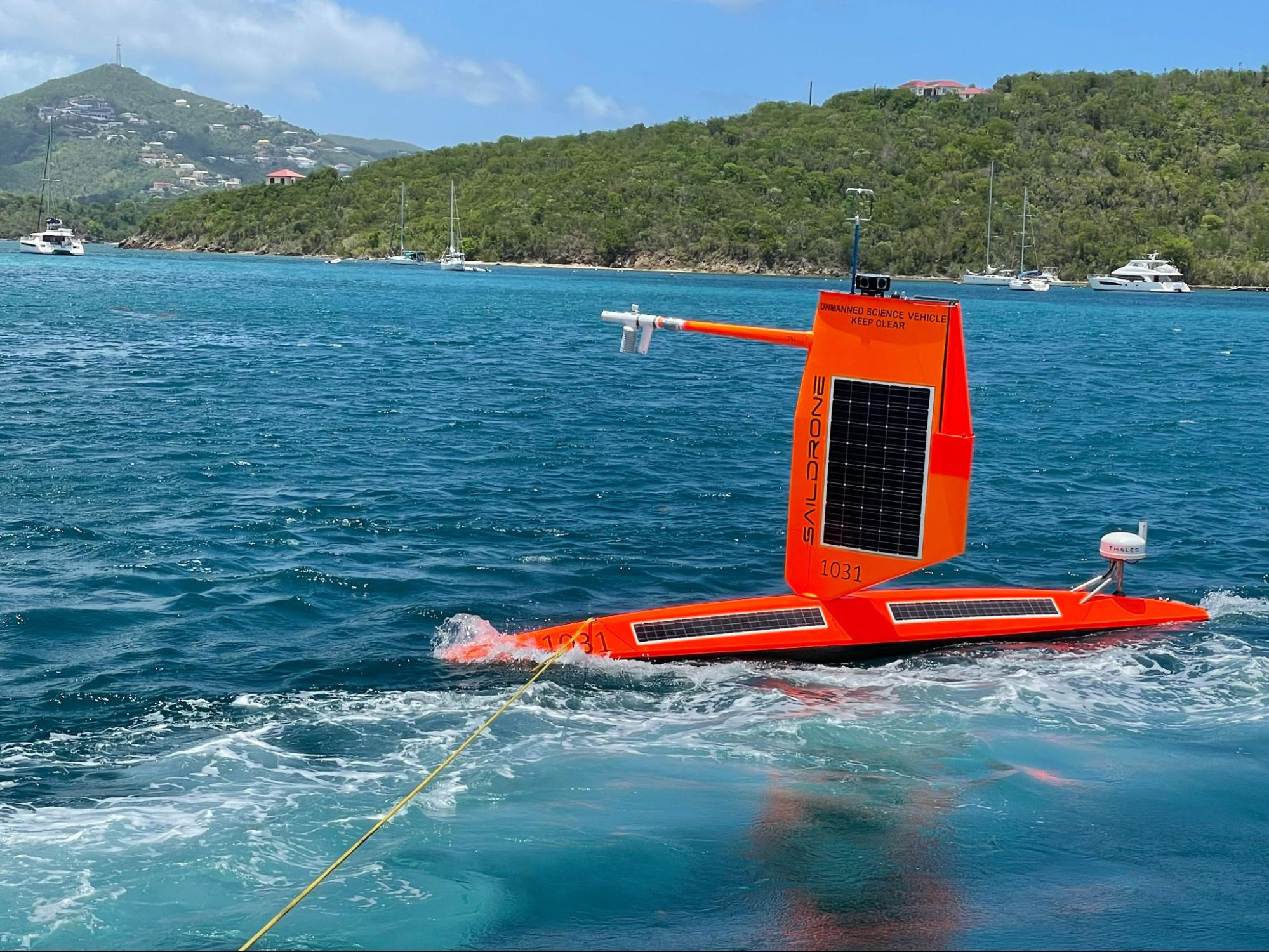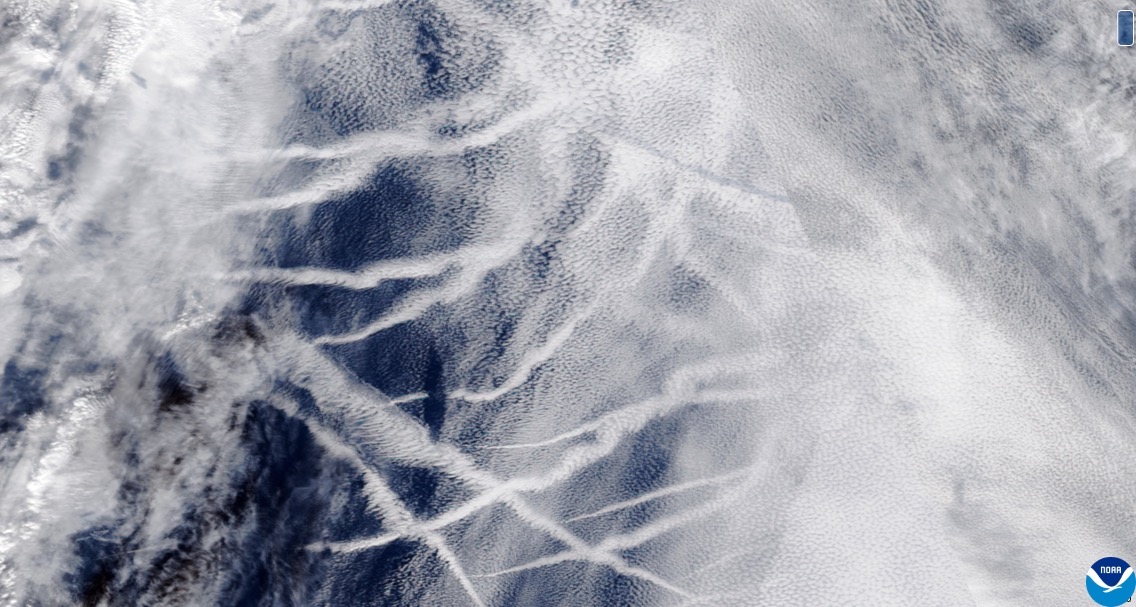Over the past few decades, the Arctic has been warming more than twice as fast as the rest of the planet. At the same time, long-term atmospheric carbon dioxide measurements by NOAA and others have shown substantial increases in the amount of carbon absorbed into and emitted by the Arctic terrestrial ecosystem every year.
Scientists have assumed the terrestrial ecosystem – plants and soil – are playing a large role in the changes they’re seeing in the Arctic carbon cycle. However, they lacked a technique to measure carbon uptake and release independently, key for understanding how the biosphere is responding to climate change driven by fossil fuel emissions.
Research led by Lei Hu, a CIRES scientist working at NOAA, provides new insights into this important process over the Arctic and boreal region, based on the modeling of atmospheric measurements of a related chemical, carbonyl sulfide.
The study was published this week in the Proceedings of the National Academy of Sciences.
“We now can study how Arctic terrestrial ecosystems react to climate change at process levels, because we are able to separate photosynthetic uptake and ecosystem respiration on regional scales,” said Hu, who works at NOAA’s Global Monitoring Laboratory in Boulder, Colorado.
What is carbonyl sulfide?
Scientists have long known plants absorb carbon dioxide, or CO2, to fuel photosynthesis during the growing season, and then emit it back to the atmosphere during fall and winter when plant tissue decays. This give-and-take, set against rapidly rising atmospheric CO2 levels, makes it impossible for scientists to directly estimate how CO2 uptake by photosynthesis is changing over time based on measurements of CO2 alone.
However, plants need other nutrients, including sulfur – which is not released at the end of the growing season. Carbonyl sulfide, or COS, is a simple molecule that is very similar to CO2. While CO2 is made up of one carbon atom and two oxygen atoms, COS consists of one carbon atom, one oxygen atom and a sulfur atom. Continually produced by oceanic processes, it can also be found in volcanic gases, crude oil combustion, sulfurous marshes and soils, as well as diesel exhaust, natural gas, and refinery emissions. It is present in the atmosphere in tiny amounts (parts per trillion). Uptake by plants is the dominant process that removes COS from the atmosphere.
In 2007, a team led by NOAA scientist Stephen Montzka demonstrated how measuring the removal rate of COS could be used to estimate how much CO2 plants were utilizing.
Ten years later, scientists analyzing COS measurements collected by NOAA, as well as analysis of older air trapped in Antarctic ice cores, were able to estimate changes in plant consumption of COS and changes in photosynthesis during the past 100 years.
How are Arctic ecosystems changing?
In the new study, Hu and a team of researchers from NOAA, the University of Colorado, Colorado State University, University of California – Santa Cruz, NASA/Universities Space Research Association, Rutgers University, and the University of East Anglia, analyzed atmospheric measurements of carbonyl sulfide collected from NOAA’s Global Greenhouse Gas Reference Network from 2009 to 2013 to investigate carbon cycling in the North American Arctic and boreal regions. They estimated plants over this region took up 3.6 billion metric tons of carbon from the atmosphere during photosynthesis each year. They also found that warming temperatures were causing increases in both net uptake in spring and net off-gassing in fall, but not equally, due to regulation by both temperature and light.
From 1979-1988 to 2010-2019, the annual spring soil temperature in the region increased by an average of 0.9 ℉, while the autumn temperature increased by 1.8 ℉. The researchers found that in spring, the soil temperature increase helps to ramp up photosynthetic uptake of carbon as sunlight floods the region, Hu said. In fall, the amount of carbon taken up by plants is reduced by the dwindling amount of sunlight, despite soil temperatures remaining elevated until late fall.
In contrast, when it came to giving off CO2, the scientists found the rate was mainly controlled by temperature.
The results were also consistent with satellite remote-sensing-based gross primary production estimates in both space and time, boosting confidence in the findings.
Implications for the future
One of the big unknowns about the future Arctic is whether plant communities around the Northern Hemisphere will continue to increase their carbon uptake as atmospheric CO2 rises. One way to obtain a clearer picture, Hu said, would be to make more COS measurements from the region.
If Arctic surface temperature continues to increase, especially in the fall and winter, the Arctic may start emitting more CO2 than it takes up, exacerbating climate change.
Expanding the atmospheric COS observing system could improve scientists’ ability to monitor how much carbon land plants are removing from the atmosphere as CO2 levels increase and climate changes, which would improve understanding of the climate-carbon cycle feedbacks and climate projections in the Arctic and Boreal regions, Hu said.
This study was funded in part by NASA, with ongoing support from NOAA’s Global Monitoring Laboratory.
For more information, contact Theo Stein, NOAA Communications: theo.stein@noaa.gov.



